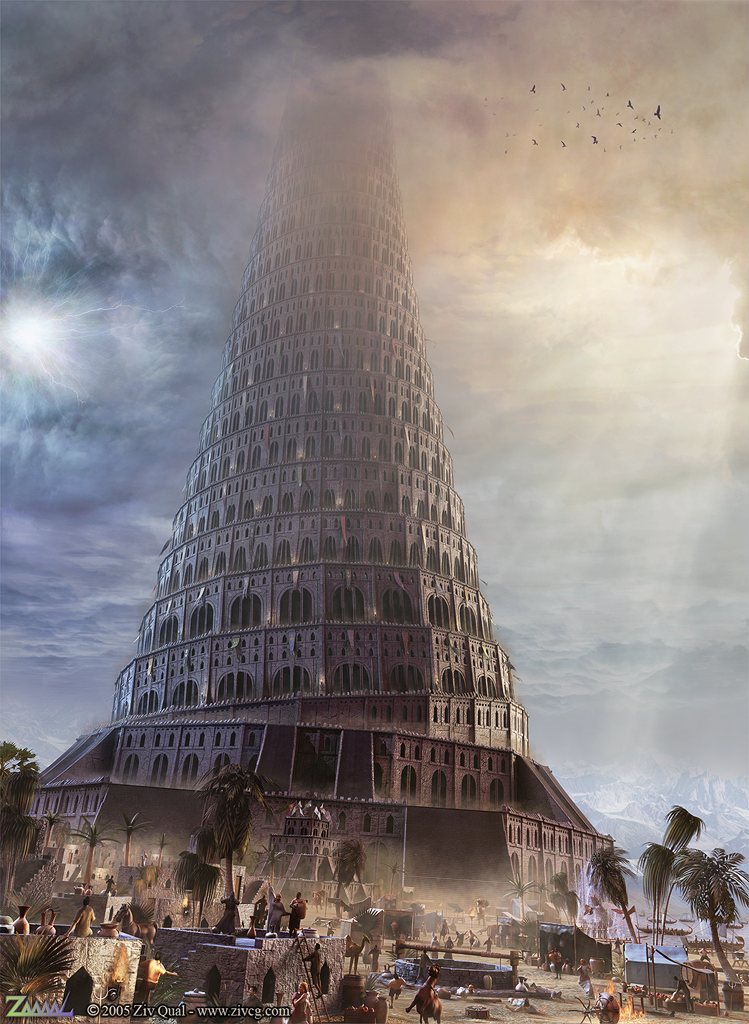"Making of Rage over Babylon" by Ziv Qual

Rage over Babylon was made for CGSociety’s contest "spectacular" and won the grand prize.
This tutorial will covers the major points of producing this image, starting with the planning and covering the modeling, texturing, lighting, rendering and compositing. I will also share a few tips and tricks as I show the process.
3Dtutorials.sk recommendation:
To maximise the realism of your 3D rendering we recommend using high quality photo textures from the #1 texture website www.environment-textures.com
Planning and inspiration

When I first read the contest’s guidelines I immediately knew that my entry will have to portray something very detailed, with lots of things happening and with the sense of scale taking a major role. I took a week just to go through several ideas and when I locked on my idea I started "sketching" out the composition in my mind to the finest details evan before I set down and started working on the concept sketch. That happens to me quite often. After I get an idea going in my mind, I’ll already have most of it planned out before I evan start on it. Once I knew I was going for the Babel tower, the first thing I did was to go through as many references as I could to get more inspiration about the architecture, atmosphere and evan specific props and details. I went through films such as LOTR and Troy several times to get ideas on which items would fit the scene.
I knew I would have to make the city very small compared to the tower to enhance the sense of scale and I knew this image needs to hold up the details in high resolution, this meant I really have to come up with allot of different items and allot of variations for them. One of the challenges was to avoid having anything look duplicated – each flag on the tower was hand tweaked, I made over 100 different vase types ( 10 different textures X 10 different models with different stretching), most of the textures had dirt masks as map channel 2 and were tweaked after positioning so that textures wouldn’t be repetitive either and so on. Another major challenge I knew I’ll have to face was the hardware issue. 32 bit shows it’s limits when you are working with millions of polygons and hundreds of textures and especially when you are trying to render them. I knew this will be a major issue (and it was, my renders really crashed over 100 times because they run out of memory!) so I realized compossiting was the key here. I planned ahead to break the scene into smaller parts and render lots of things separately and then composite them together in the end as I will describe later on.
Pages: 1 2







Latest Comments